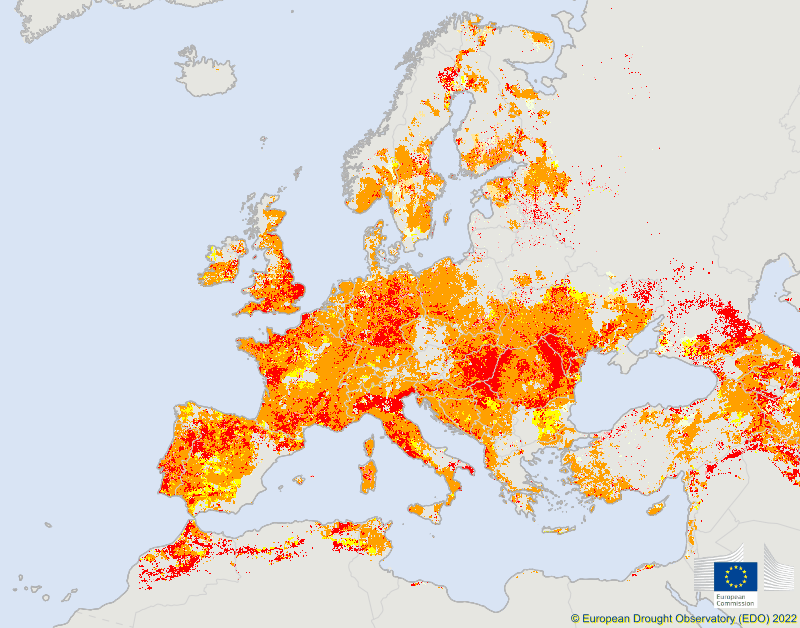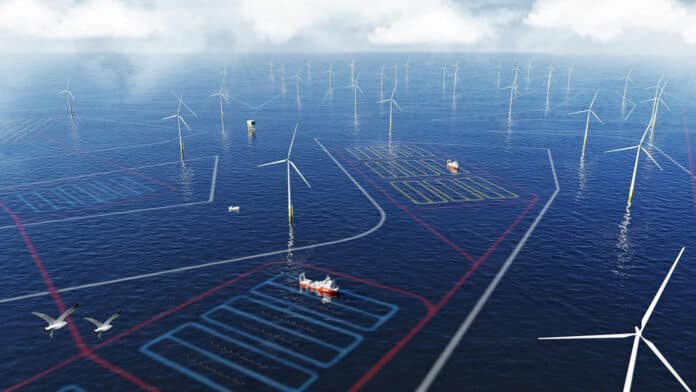Each month IndustryTap looks back at the previous month to identify megatrends in architecture, automobiles, aviation, construction, design, energy, engineering and technology. Here are some of the big stories from May 2013!
Responding to the Engineering and Technical Challenges of Super Storms
After the recent super storm called Sandy and it $60 billion price tag countries and large cities around the world are searching for ways to avoid super storms in the future.
Brilliant Machines Improving Performance And Efficiency
Companies like General Electric, Siemens, Navagant and others are building networking infrastructure and wireless communications to interact with sensors and the internet. The systems crunch detailed weather information, assess grid energy supplies and demands, and transmit system statuses including frequency and voltages making energy grids smarter and more efficient.
The results are similar from firm to firm and technology to technology where data analytics and simulations of systems like wind turbines help engineers find optimum turbine height and rotor length; re-designs are providing 25% more efficiency or better.
Smartphones: New Platform For Data Collection
This month we saw more and more examples of the use of smart phones for collecting weather data, detecting hazardous material, and even detecting bad breath! With the “internet of things” set to grow larger than the internet of people in the near future, sensors will become better, the number of applications will skyrocket. This wave of innovation will spill over to cell phone “plug-ins” for data collection.
Using Laser Systems To Guide Underground Burrowing Machines
As humans make more and more attempts to leave the Earth’s atmosphere and explore the heavens they are using more sophisticated technologies to dig tunnel networks for subway systems, water distribution networks and more.
Artificial Retinas Restore Natural Sight
A 74-year-old man who lost his sight over 30 years ago had his sight restored with a bionic retinal device containing 1,500 photodiodes called Argus II, recently approved for sale in the US by the FDA. Such devices are in their infancy and only allow rough images to be seen by the patient. Part of the success of this technology is the use of sensors in manufacturing environments. As the technology improves for both industry and humans it will become ubiquitous.
High Energy Laser (HEL) Destroy Rocket Target
This month we saw successful demonstrations of lasers being used to destroy rockets and planes in flight. The system will be used to provide naval platforms and tactical strike aircraft with defense capabilities against surface and air threats. HEL technology is less expensive relative to rocket technology and has more diverse capabilities. Scientists are working on understanding the physics of lasers and how they change in space and breakup.
Cathode surface science technology and optical thin films are key components. Objectives for the weapon include graduated lethality, low per engagement and lifecycle costs, precise engagement, low collateral damage, rapid reaction to moving and swarming targets, and quick retargeting.
Researchers are also studying free electron laser weapons and solid-state fiber lasers and beam control as well.
A Call To Space Exploration And A Mars Base By 2030
With a race to space well underway and a crowded field including NASA and private companies Buzz Aldrin who walked on the moon during the Apollo 11 mission is emerging, at age 83, as the de facto visionary for the future of space exploration. In May he made a Kennedy like call for a mission to Mars within 20 years, that is, somewhere between 2030 to 2040. He has detailed his vision in a newly published book “Mission to Mars: My Vision for Space Exploration”.
International Space Station Fix
In early May it was decided that a recent ammonia coolant leak was serious enough to warrant a spacewalk to fix the problem. The coolant prevents the stations power systems from overheating but NASA said there was no danger to the crew. The issue was discovered when astronauts noticed a steady stream of flakes coming out of the stations P6 truss as the station was rotating. During the spacewalk the astronauts were able to repair the problem.
We know as we move forward to explore space these types of problems will crop up and so it is always good when they are solved quickly, especially when the mission is spur of the moment. Experience with these types of issues provides astronauts with knowledge they need to deal with the next one.
Miami Landmark Design Competition
DawnTown announced its winners for 2013 “Landmark Miami.” The purpose of the competition was to create an iconic structure that would make the city immediately identifiable. The winner was Miami Lift, second-place, Lemonade Square; and third, Torre De Las Americas.






